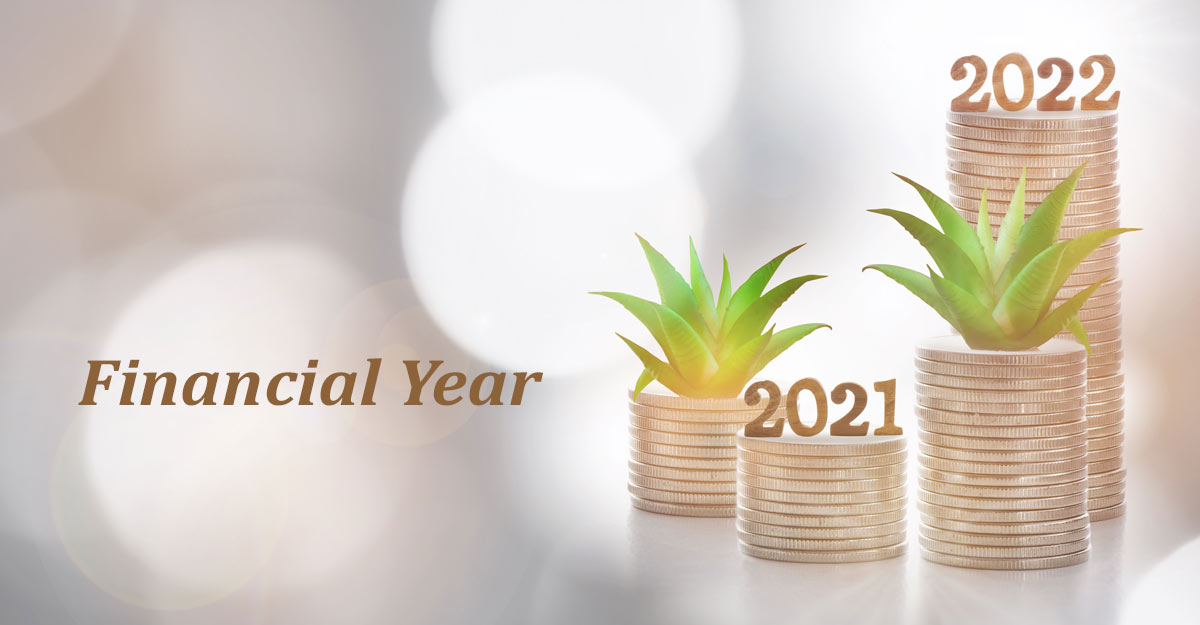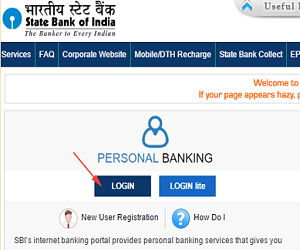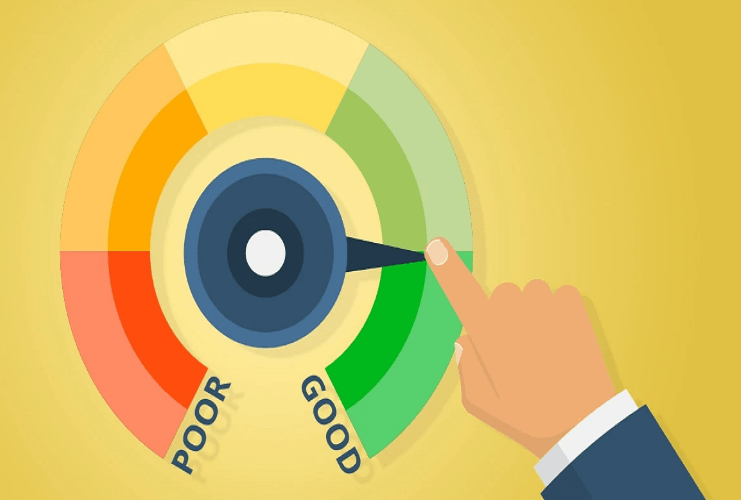Are you looking for an investment option to grow your savings while ensuring the safety of your hard-earned money? Fixed Deposits (FDs) have long been widespread among investors due to their reliability and attractive returns. This article will explore the world of FDs and how to use an fd interest rate calculator to make informed investment decisions. But exploring, it is essential to understand why FDs are popular.
Contents
The Appeal of Fixed Deposits
Fixed Deposits are a secure and low-risk investment avenue banks, and financial institutions offer. One of the primary reasons for their popularity is the guaranteed returns they provide over a fixed period. Unlike market-linked investments, they offer a predetermined interest rate, which remains unchanged throughout the investment tenure. This predictability makes it ideal for risk-averse individuals seeking stability and assured returns.
Understanding FD Interest Rates
The FD interest rate determines the returns you will earn on your investment. Banks typically offer two types of interest rates: simple and compound. Simple interest is calculated only on the principal amount, while compound interest is calculated on the principal and the interest earned. It’s essential to comprehend the impact of the interest rate on your returns, which is where a calculator comes into play.
Making Informed Investment Decisions with an FD Interest Rate Calculator
This powerful tool helps you estimate your potential earnings based on various factors, such as the principal amount, tenure, and type of interest. Using this calculator, you can compare different banks’ returns and select the one that best suits your financial goals.
Unravelling the Magic of Compound Interest
One of the most fascinating aspects is the magic of compound interest. Unlike simple interest, compound interest can significantly accelerate your earnings. With each compounding period, interest is added to the principal amount, leading to a compounding effect. This means that your initial investment earns interest, and the interest also starts earning interest. It’s a snowball effect that can substantially boost your overall returns.
The Art of Maximising Returns with Tenure Selection
Selecting a suitable tenure for your FD is crucial in maximising returns. Short-term FDs typically offer lower interest rates but allow you to access your funds sooner. On the other hand, longer-term FDs provide higher interest rates, but your funds will be locked in for an extended period. Balancing your financial needs and investment goals is essential in making the right choice.
Balancing Risk and Returns: Understanding the Interest Rate Risks
Interest rates are subject to market fluctuations, impacting your FD returns. Fixed Deposits with longer tenures are more susceptible to interest rate risks, as they are locked in for an extended period. It’s essential to stay informed about the prevailing market conditions and consider opting for a flexible tenure if you anticipate changes in interest rates.
The Hidden Impact of Inflation on FD Returns
While FDs are a safe investment, it’s essential to consider the impact of inflation on your returns. Inflation erodes the purchasing power of money over time, meaning that the value of your earnings may diminish in real terms. To counteract this, consider diversifying your investment portfolio and exploring other avenues that provide the potential for higher returns in the long run.
Also read: Benefits of investing in ELSS
Taxation Matters: Knowing the Impact on Your Returns
Before you finalise your investment, it’s crucial to understand the tax implications on the interest earned. The interest earned from FDs is taxable per the applicable income tax slab. However, tax-saving FDs and other investment options like Public Provident Fund (PPF) offer tax benefits. The tax aspect can help optimise your returns and minimise your tax liability.
Conclusion
In conclusion, Fixed Deposits remain a reliable and popular investment choice for those desiring security and assured returns. You can make well-informed investment decisions using an fd interest rate calculator and understand the factors influencing FD returns. It is essential to strike the right balance between risk and returns and consider the impact of inflation and taxation on your earnings.




